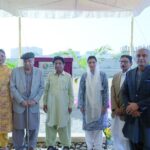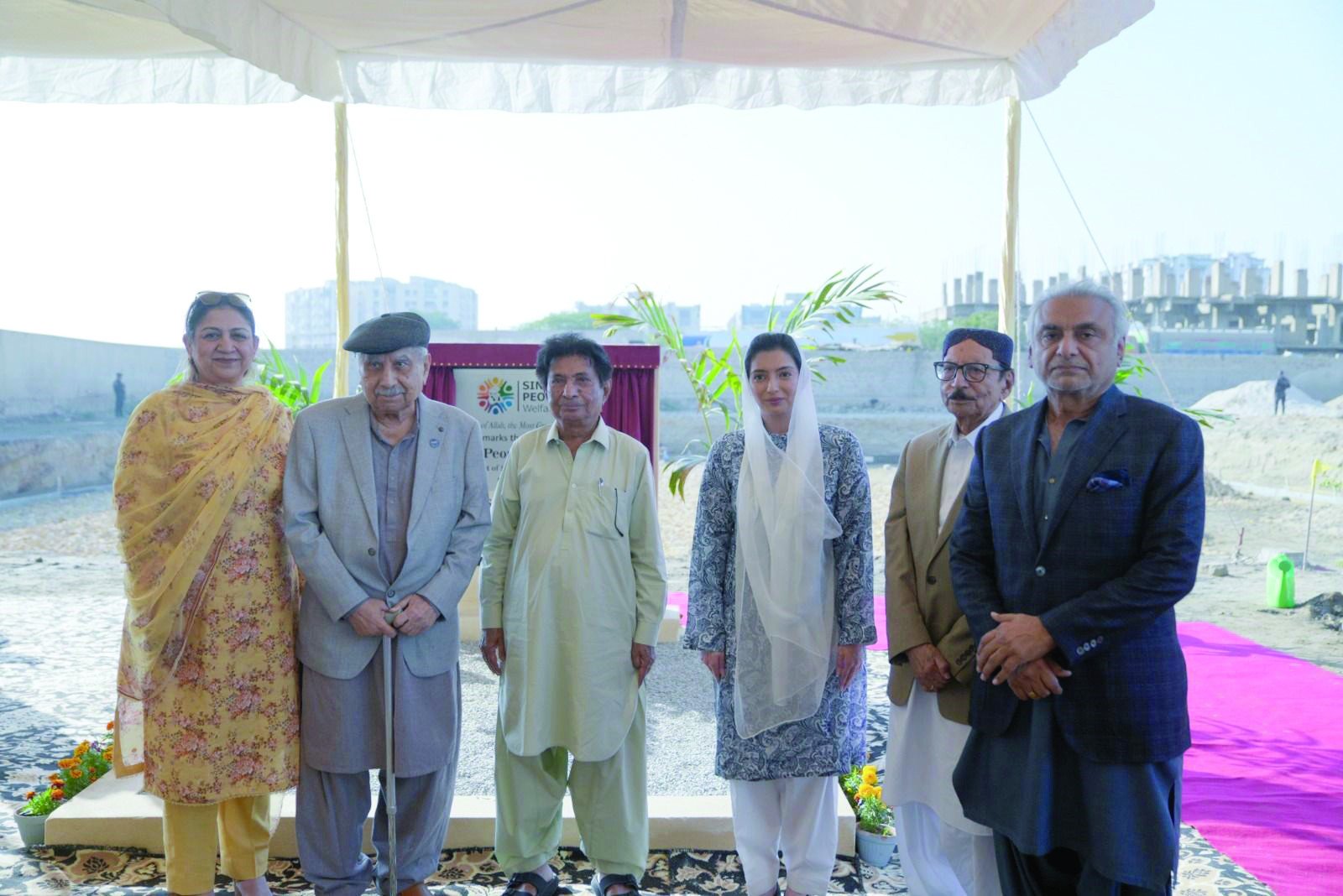Engineers Thus, in today’s age of technology and industrialization, experts are saying engineers should bring back the ancient wisdom from the past, such as from the Indus Valley Civilization, to provide their engineering principles with sustainable, resilient, and environmentally friendly solutions. Similar sentiments were echoed at a recent conference about sustainable development and engineering practices, where scholars, engineers, and environmentalists came together to address the pressing challenges of modern-day infrastructure and urbanization.
Located at the subcontinent’s northwest corner, the Indus Valley Civilization was one of the earliest urban cultures, developing from 3300 to 1300 BCE in what is today Pakistan and northwest India. The civilization is still studied today for its advanced urban planning, complex drainage systems, and innovative water management practices; all of which can teach us valuable lessons about sustainable engineering.
It ideally embraces environmental qualities that provide urban balance.
It is remarkable how these cities were designed to coexist with nature and a major feature of the Indus Valley Civilization was just that. Harappa and Mohenjo-Daro were planned with precision, featuring extensive street layouts, uniform brick dimensions, and complex water supply and drainage systems. The efficient use of local materials, such as baked brick, and the strategic positioning of homes to optimize natural light and ventilation, kuragahi گتم نی تونگاندگىاه و نغ سایقەت نمر عامى ان ییا نیز بک گپ بی نراش دهه مد آفتاب خطنئگ زاسر ان و ئای گرووم و ان عکنون نراش گرگبی نغیرکو!
Experts say this holistic approach to urban planning would be extremely beneficial to today’s engineers. “The Indus Valley cities were the perfect example of the kind of infrastructure that can be built when it is in coordination with nature and not in contradiction,” said Dr. Ayesha Khan, a leading environmental engineer and speaker at the conference. We have to start doing this, especially with urbanization in fast-growing cities today.”
Water Management Systems: A Lesson for the Future
Water Management could be seen as one of the most impressive feats of engineering from the Indus Valley Civilization. Folk erected sophisticated wells, drainage systems, and reservoirs, which were critical in controlling the movement of water and hygiene in cities with high populations. Some Indus Valley homes even had private bathrooms, with drainage systems attached to larger channels that crisscrossed each city. These early engineers recognized the value of water conservation and sanitation—principles that hold more relevance than ever as climate change and increasing global populations affect our planet.
“The Indus Valley Civilization management of water is a very important lesson in today’s world where we are facing a growing water scarcity,” said Dr. Imran Raza, a civil engineer focused on sustainable water solutions. “Engineers working today need to begin designing systems for storing water, capturing rainwater, and recycling similar to these systems.” These ancient practices were ahead of their time — and we can glean a lot of wisdom from them as we work to solve modern challenges.”
Reducing Material Use for Sustainability
Instead of having to bring massive quantities of pre-processed materials onto the site, the engineers of the Indus Valley made the most of what they had at hand, using the natural environment and material resources of the region, which minimized the energy involved in construction. By using standardized baked bricks with local clay, they provided their buildings with greater durability and reduced the environmental impact associated with large-scale raw material mining and transportation. As the construction industry globally continues to experience the negative effects of deforestation, mining, and waste, this idea of using sustainable materials from the local area could not be more pertinent.
Architects and engineers have gradually started embracing environmentally friendly designs, including recycled materials, low-energy building strategies, and the incorporation of natural views into plans. The challenge is implementing these methods alongside the demands of growing cities and modern construction.
Taking Notes: Lessons in Resilience and Long-Term Planning
The Indus Valley Civilization was one of the most advanced civilizations of its time, however, one of the most important characteristics that set this civilization apart from others was its capability to adjust to environmental changes. Archaeological evidence from these sites reveals that the cities were resilient to flooding and droughts, and designed with foresight to mitigate against natural calamities. Indeed, the very design of the cities, with their intricate configurations of houses and public areas, indicates that the engineers of those days were considering long-term sustainability and resiliency, which are imperative considerations for future urban design.
“In the age of climate change, we need to build resilience,” said Professor Tariq Jamil, an urban planner and scholar of ancient civilizations. “The Indus Valley Civilization offers us some insights into how we can design our infrastructure in such a manner that they are built to cope with environmental changes over the long term to ensure our cities remain habitable for the future.”
Bridging Ancient Wisdom to a Modern World
With an increasingly disparate climate crisis, a burgeoning urban population, and the depletion of resources in today’s world we are certainly answering the call to learn from ancient civilizations such as the Indus Valley. Modern engineers, urban planners, and policymakers are encouraged to adopt the practices of the Indus Valley builders which recall the principles of sustainability, efficiency, and environmental harmony.
The aim is to cultivate a future where engineering does not only address current needs but does so in a manner that safeguards the planet for future generations. Dr. Khan concluded: “We must think like polymer engineers of the Indus Valley. “They understood long before we talk about it today that sustainable, resilient cities were essential to life as a community. We need to apply their timeless wisdom to solve modern engineering challenges.”
The continued relevance of lessons drawn from the Indus Valley Civilization is evident as engineers across the globe reflect on their past, offering a guiding light that urges sustainable and environmentally conscious engineering and urbanization for future generations.









